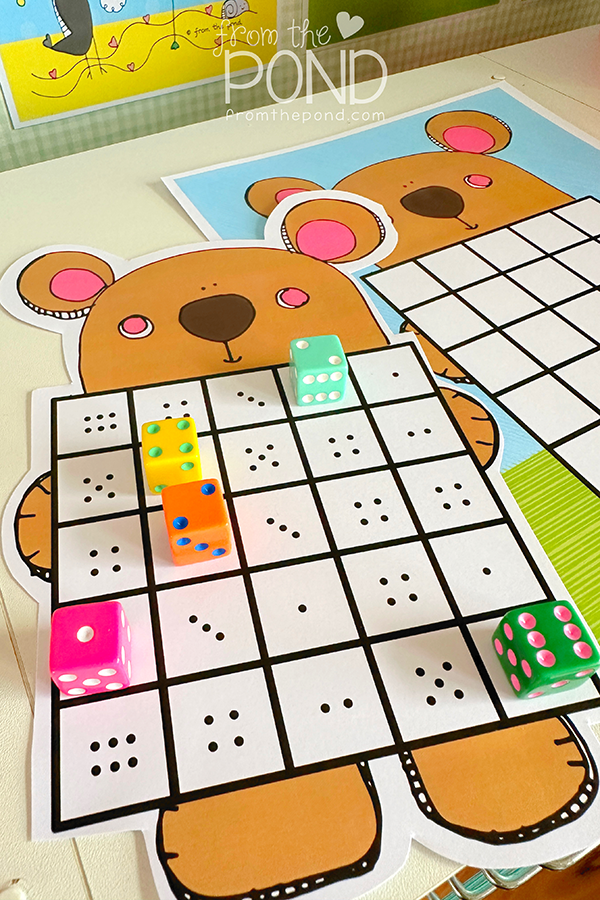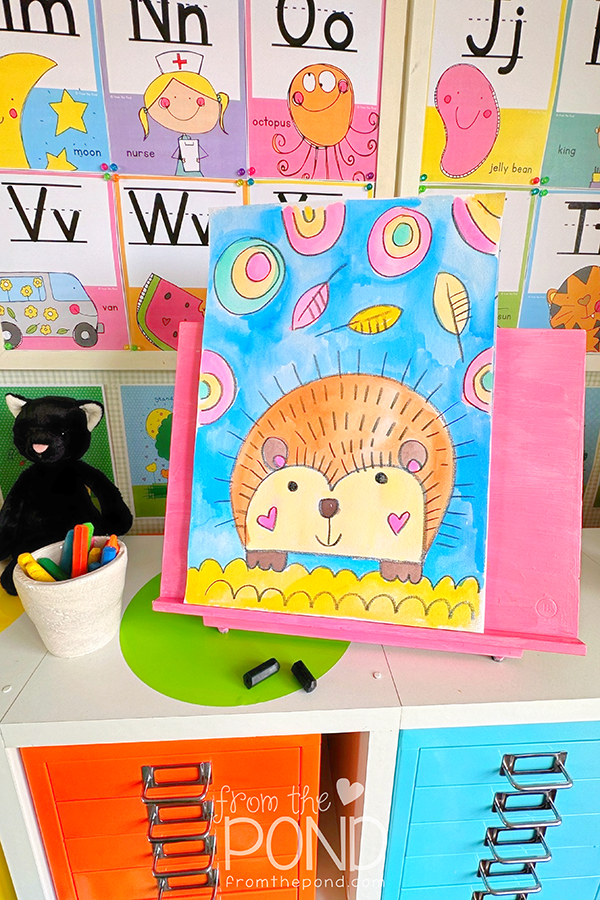I’m thrilled to introduce the newest addition to the Math Kit – Pumpkin Grid Play Mats! These playful, pumpkin-shaped mats are perfect for hands-on math practice and add a seasonal twist to counting, addition, and subtraction activities. Each mat has a grid with numbered squares (1, 4, 9, or 12), making it easy for students to organize math manipulatives like math cubes, play dough, and more. Plus, they’re great for building skills in making groups, exploring subtraction, and using positional language.
Whether you’re leading a small group lesson or giving students independent practice, these mats add a fun, autumnal vibe to math time. Here are three creative ways to use them with play dough:
1. Making Equal Groups
Give students some play dough or buttons and multiple Pumpkin Grid Play Mat. They roll small “pumpkin seeds” with the dough or add buttons to each square to find the total of multiple sets - e.g. 2 pumpkins of 4 seeds. This is an ideal way to get started with multiplication and repeated addition. It can also be played with one mat, adding multiple seeds to each square on the grid to find a total.
2. Showing Subtraction
Students begin by placing a small play dough “seed” or cube in each grid square. Then, have them “pick” (remove) seeds one at a time as they count backward. This activity helps reinforce subtraction by visually showing how many seeds are left after each “pick.” The 9- and 12-square grids work especially well for this, supporting subtraction with numbers up to 9 or 12 in a hands-on, engaging way.
3. “Where’s the Pumpkin in the Patch?” – A Positional Game
For some partner play, students can take turns hiding a small play dough pumpkin on one of the numbered squares and giving clues to their partner about its location using positional language. Clues like, “It’s next to the 4” or “It’s below the 9” add an interactive way to practice positional words and grid navigation. This game is a favorite for spatial awareness and vocabulary practice!

















































